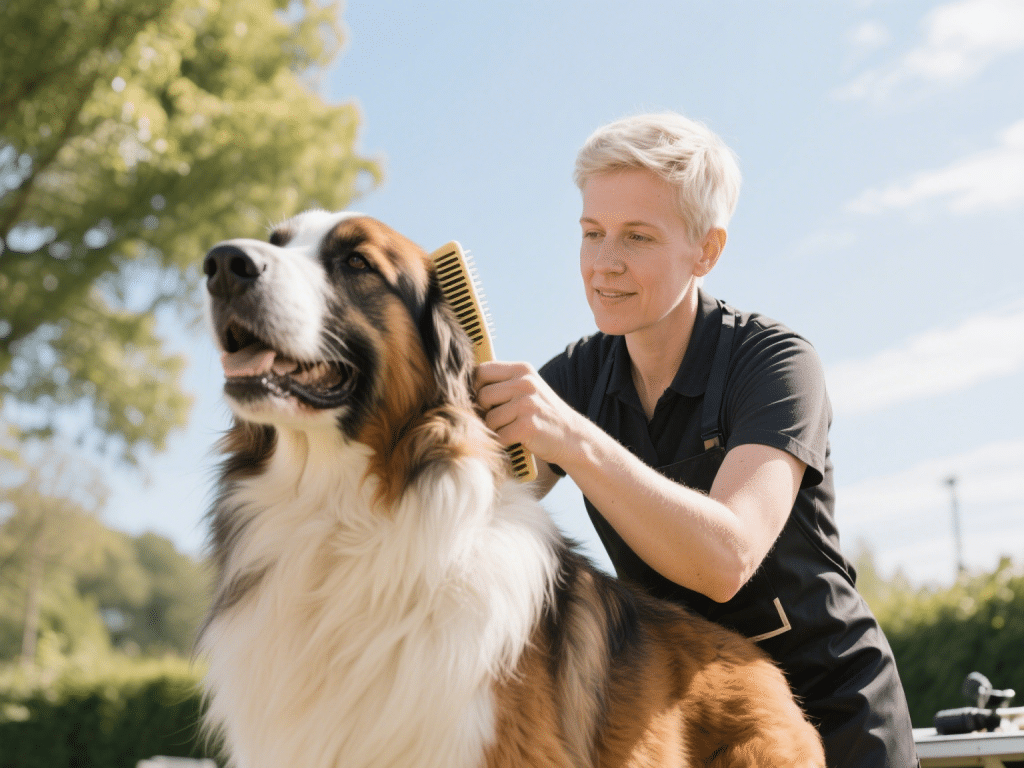
Common Shell Problems in Turtles—and How to Treat Them
Over my nine years as a reptile rehabilitator, shell disorders rank among the most serious...

A kitten’s early life unfolds like an open book—what they experience between 2 and 9 weeks of age shapes their lifelong personality. As a longtime foster volunteer, I’ve seen how deliberate, positive socialization during this “window” produces bold, friendly cats who thrive in diverse homes. In this expert‑backed guide, we’ll cover critical socialization phases, practical handling tips, and common pitfalls to avoid.
Peak Sensitivity:
During this timeframe, kittens are open to new sights, sounds, textures, and gentle human interaction.
Lasting Impressions:
Positive or negative experiences now profoundly influence fear responses and adaptability in adulthood.
Research Finding: A 2021 study found that kittens receiving daily human handling before nine weeks showed 60% fewer fear behaviors at one year old (Applied Animal Behaviour Science).
People of All Types:
Adults & Children: Expose kittens to varied voices, heights, and handling styles.
Men & Women: Some kittens form gender biases if only handled by one gender.
Household Noises:
Introduce vacuum cleaners, doorbells, and TV sounds at low volume, gradually increasing as comfort grows.
Other Animals:
Controlled, supervised introductions to calm dogs or other cats help kittens learn interspecies etiquette.
Gentle Handling Sessions:
Short (2–3 minute) sessions, multiple times per day, focusing on touching paws, ears, and bellies.
Treat Pairing:
Offer tasty kitten treats during exposures—your kitten will associate new experiences with positive rewards.
Play Integration:
Use interactive toys during socialization to link unfamiliar stimuli with fun.
Overwhelming Stimuli:
Flooding kittens with too many new things at once can backfire—pace exposures to kitten comfort levels.
Punishment or Rough Handling:
Any negative touch or reprimand erodes trust; always use calm voices and slow movements.
Neglecting Continued Socialization:
Socialization is lifelong; maintain positive interactions beyond week nine to reinforce confidence.
Behavioral Cues:
Approach/Avoidance: A curious kitten who explores is a good sign; retreat indicates stress.
Body Posture: Loose bodies and upright tails signal comfort; crouching and tail flicks warn of fear.
Adaptation Periods:
Revisit challenging exposures at a slower pace if your kitten hesitates, ensuring gradual success.
Proper socialization transforms timid kittens into adaptable, fearless adult cats ready to tackle vet visits, travel, and multi‑person homes with ease. By thoughtfully exposing your kitten to a wide range of people, sounds, and environments during the crucial 2–9 week window—and reinforcing positive emotions—you’ll nurture a confident feline companion who enriches your life for years to come.

Over my nine years as a reptile rehabilitator, shell disorders rank among the most serious...

I’m a certified canine groomer with over 12 years specializing in Nordic and double-coat...

As a certified veterinary technician and passionate dog owner, I’ve seen firsthand how a...

A thoughtfully designed yard offers pets fresh air, exercise, and sensory enrichment. Howe...

Cats may seem independent and aloof, but they’re highly sensitive to stress — and it o...

Expert Dog Dental Care Tips: Keeping Your Dog’s Teeth HealthyDid you know 85% of do...
Comments on "Understanding Your Kitten’s Socialization Window: Ensuring Confident Cats" :